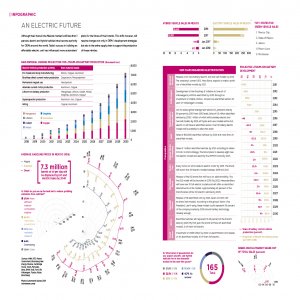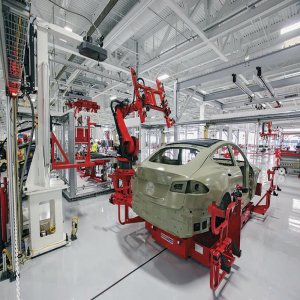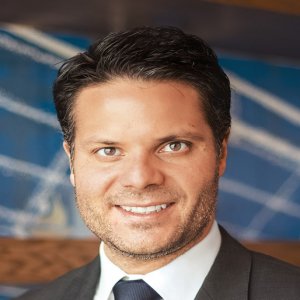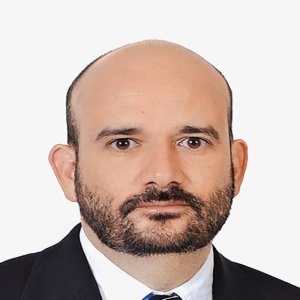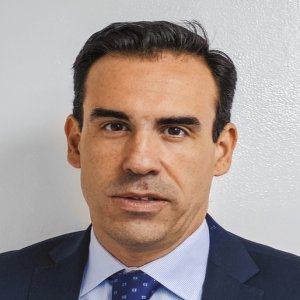Automotive Dynamism Boosts Growth of Industrial Developer

STORY INLINE POST
Q: Given over half of Vesta’s real-estate development portfolio is in the Bajio region, what are the advantages of the area and what is your differentiator?
A: The automotive industry’s growth has concentrated mostly in this region. Since 2008, states in this area have reached GDP growth rates of 4 percent compared to the national average of 2 percent. This economic growth is directly linked to industry’s expansion. Vesta has focused its operations on the Bajio region because of the area’s economic dynamism. We excel at helping foreign OEMs and suppliers set up shop in the Bajio region because of our 20 years of experience working in this area as opposed to other industrial real-estate developers that have focused on northern or central Mexico.
Q: What challenges might Vesta face due to the potential saturation of automotive companies in the Bajio?
A: Saturation is a good problem to have. Automotive companies in this area can easily achieve synergies with one another thanks to their proximity. There are nine OEMs located in a radius of 150km in the Bajio region and a myriad of Tier 1, 2 and 3 suppliers. Rather than saturation, Vesta sees the concentration of automotive companies as an opportunity for the industry to develop more and better products. Automotive-oriented infrastructure in the region has been surpassed by the industry’s growth, which incentivizes the construction of new roads, railroad tracks and other logistics infrastructure.
Q: What is Vesta’s strategy to meet the demands of automotive manufacturing companies?
A: Vesta is focused on understanding every link in the automotive supply chain. We understand the infrastructure needs of each company in terms of quality standards, heights, switchyards, electrical power, automation, proximity to other companies and available labor in each regional market. There are different kinds of automotive companies from OEMs and Tier 1s to automotive-oriented logistics operators. Vesta tries to understand each client to offer solid support.
Almost 30 percent of our automotive clients are OEMs. These include BMW, Mercedes-Benz, Volkswagen, Nissan, GM and Chrysler. Tier 1s such as Voestalpine, HBPO and ZF account for 52 percent of our automotive clients, while the remaining 18 percent are Tier 2 and Tier 3 suppliers. We also have distribution centers oriented mostly to the aftermarket where we support automotive companies, mostly OEMs. We target multinational companies with high credit quality because they can commit to long-term contracts. Aside from OEMs themselves, our ideal clients are multinational suppliers that support several automakers and do not depend on a single automaker to operate.
Q: How can Vesta support its clients in their logistics operations?
A: By collaborating closely with clients. Not only are the avenues in our industrial parks wide enough for trailers to move efficiently, Vesta also makes sure its clients’ switchyards are built with appropriate concrete, receive constant maintenance and have enough space to park trailers. Our buildings’ roofs must be at least 9.7m high so clients can stow and store goods efficiently, while managing forklifts with ease. Clients choose whether they want the export program service since they can have their own free-trade zones in their facilities through the Temporary Import Program for Export Articles established by the Tax Administration Service.
Q: What are Vesta’s growth priorities for the rest of 2018?
A: We continue increasing the size of our available industrial real-estate portfolio while also bringing in more customers. In 2017, Vesta reached an occupancy rate of 95.3 percent of its industrial portfolio, up from the 93.8 percent in 2016. In 2018, we expect to increase our total space portfolio by 280,000m2 to 2.8 million m2 with an occupancy rate above 95.3 percent. We expect to continue attracting the strong participation of the automotive industry while bringing in more aerospace, renewable energies, medical devices, logistics, electronics, retail and e-commerce clients.

